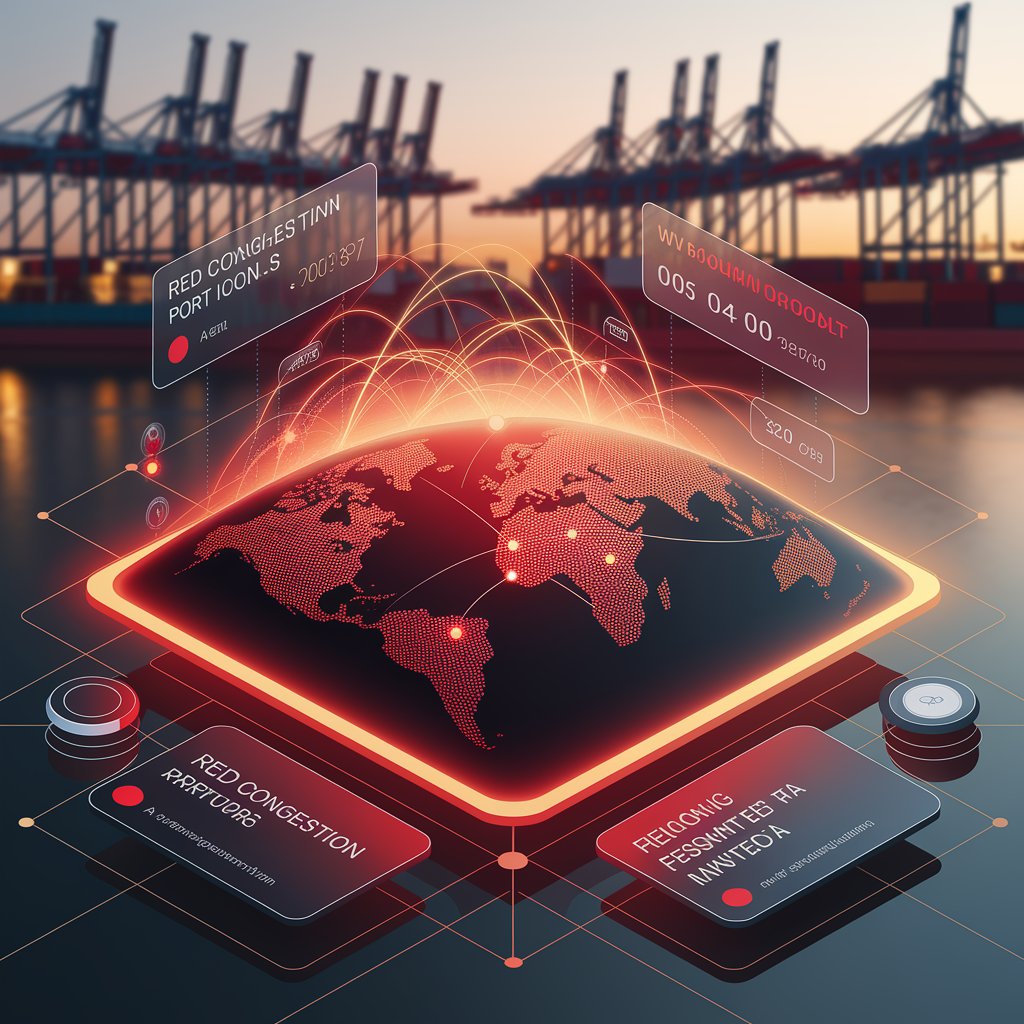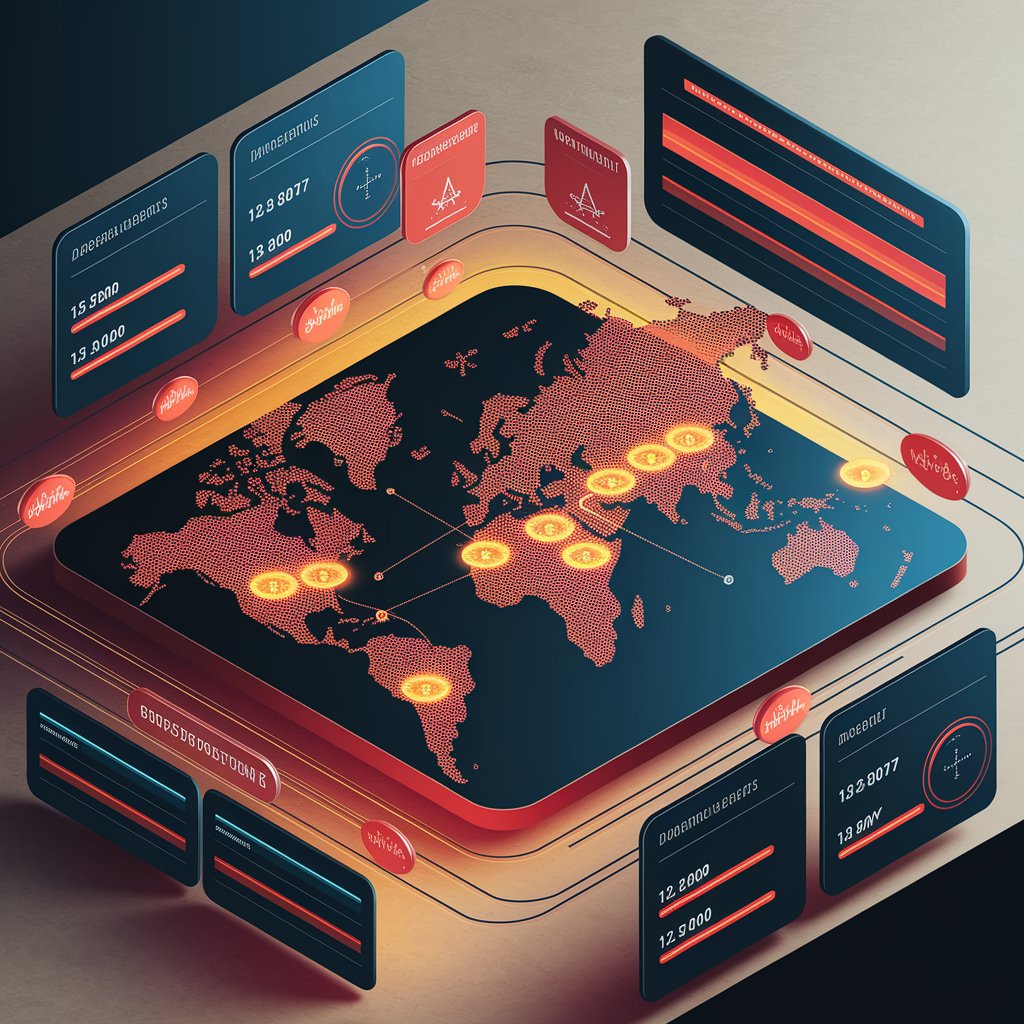Port Congestion Alerts: Stay Ahead of Delays in Global Shipping
That’s where port congestion alerts come in. These real-time notifications allow your team to anticipate slowdowns and reroute or replan accordingly—before demurrage fees and delivery delays start piling up.
🧭 In logistics, knowing first = acting first.

📡 What Are Port Congestion Alerts?
Port congestion alerts are automated warnings generated by logistics platforms that detect real-time or forecasted slowdowns at global ports. They are powered by:
- 🛳️ Live vessel tracking (AIS data)
- ⚓ Port operations schedules and traffic logs
- 🌦️ Weather conditions and maritime disruptions
- 🗂️ Customs clearance backlogs
- 🧠 AI and predictive analytics
These alerts can be integrated into your TMS or sent directly to your team via email, app, or dashboard notification.

✅ Benefits for Freight Forwarders and Shippers
Feature | Real-World Benefit |
🚨 Early warning system | Avoid port delays with time to replan |
🔁 Rerouting support | Divert to alternate ports before congestion peaks |
📊 Visibility for clients | Share real-time updates with stakeholders |
📦 Inventory planning accuracy | Adjust receiving schedules, labor, and warehousing |
🕓 Demurrage cost reduction | Fewer containers stuck = less wasted spend |
📦 You can’t stop congestion—but you can dodge it smartly.
🧠 How Port Alerts Work with AI
Modern freight systems (like Linbis) go beyond static congestion updates. With AI integration, you get:
- 📍 Dynamic congestion heatmaps
- 🧠 Predictive delay modeling (based on traffic + history)
- 🔗 Workflow triggers to reroute or notify clients automatically
- ⛴️ Carrier performance insights (by lane, port, vessel type)

🔍 Example: Avoiding Peak Season Chaos
Scenario:
- Client shipping electronics into Port of Los Angeles
- System detected heavy delays 6 days before ETA
- Linbis triggered a port congestion alert and rerouting workflow
- Cargo was diverted to Oakland, avoiding a 5-day port dwell time
Result:
- 💰 Saved $4,700 in potential demurrage and handling fees
- 📲 Customer notified with updated ETA
- ⏱️ No disruption to final delivery timeline
🔮 What’s Coming Next?
- 🌐 Global congestion dashboard with ETA impact forecasting
- 🤖 AI alerts based on weather + political unrest + labor strike predictions
- 📲 Mobile push alerts for port-level disruptions
- 📦 Sync between port congestion and inventory buffers
- 📊 API-level integration with carriers for dynamic lane changes

📌 Conclusion: Anticipate, Don’t React
In today’s high-pressure supply chains, port congestion alerts are no longer a luxury—they’re a survival tool. They give you the power to:
- ⚓ Keep shipments moving despite chaos
- 📍 Reroute before others even know there’s a problem
- 🤝 Maintain customer trust through transparency
- 📈 Plan smarter and spend less
